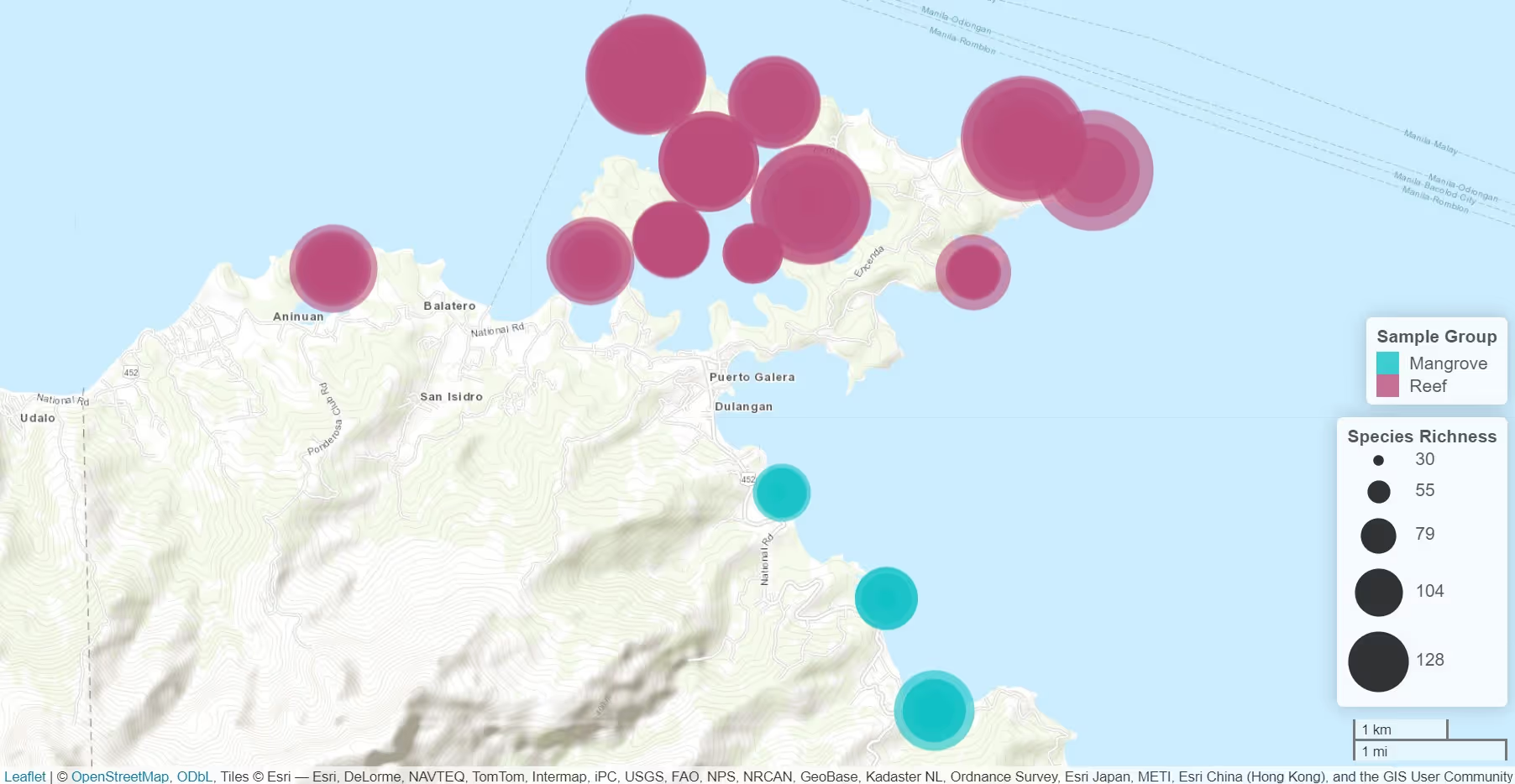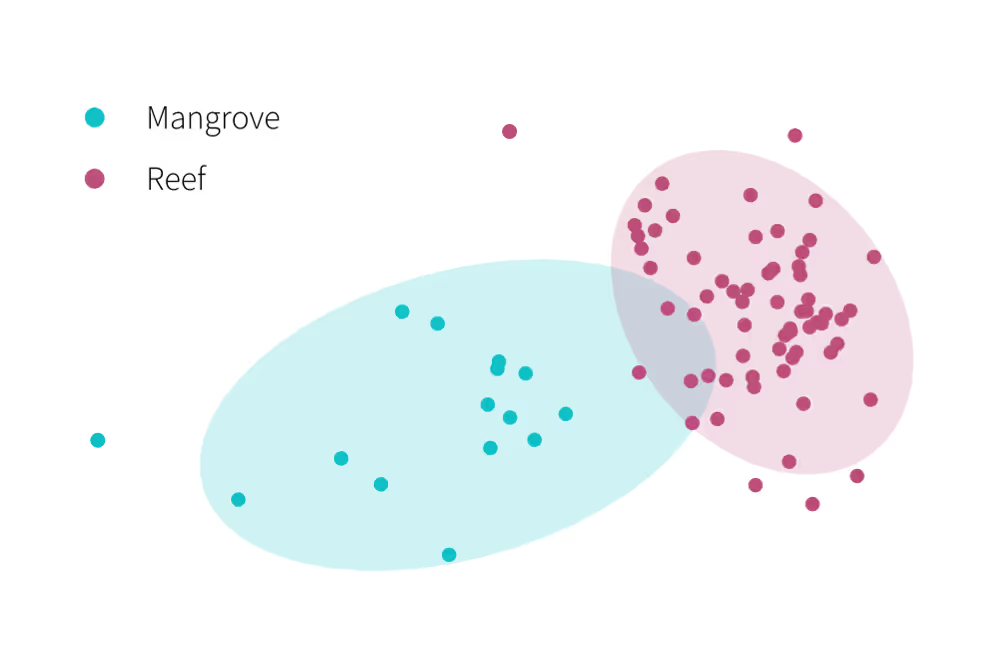Tracking and Reviving the Critically Endangered European Eel Using eDNA
Using robust eDNA survey design to measure and manage critically endangered eel populations in the Somerset Levels

A collaboration between
Project Snapshot
Overview
The Somerset Levels, spanning 69,000 hectares of wetland and coastal plain land, have long been a stronghold for the European eel. However, barriers in the drainage ditches (rhynes) and water management infrastructure originally designed to protect farmland and homes from flooding have inadvertently become impassable obstacles to eel migration. This, coupled with threats from an electric pumping station, have led to a drastic decline in eel populations, raising serious concerns over the future survival of this culturally significant yet critically endangered species.
In August 2023, the Somerset Eel Recovery Project (SERP), one of our valued clients, partnered with NatureMetrics to confront this troubling decline. Through the use of our state-of-the-art aquatic eDNA kits, comprehensive analysis, and collaborative project design, we aimed to elucidate the barriers to eel migration and inform conservation efforts to support the recovery of eel populations in this vital habitat.

The Challenge
With eel numbers plummeting, SERP urgently needed a way to pin point threats across the expansive wetland landscape. However, traditional survey methods were prohibitively expensive and time-consuming to provide the scale of insight required. A more efficient, comprehensive solution was imperative to shed light on obstacles to eel migration across the complex network of drainage ditches permeating the Levels. Robust survey design that could be repeated year-on-year, with a simple sampling method that citizen scientists could conduct in a standardized way, was key to implementing effective conservation measures.

Our Role
NatureMetrics provided an easy-to-use, cost-effective eDNA solution capable of delivering ecosystem-scale insights year-on-year. Our expert survey design team collaborated closely with SERP to devise a meticulous survey plan accounting for all variables affecting eel migration and habitat usage. We facilitated water sampling using our simple to use manual aquatic kits, ensuring robust, standardized data collection. Our labs subsequently conducted comprehensive metabarcoding analysis, elucidating the presence and absence of eel DNA across the Somerset Levels.

The Findings
The eDNA analysis revealed a complete absence of eel DNA within the drainage ditch network across sample sites in the Somerset Levels. This highlighted the impassable barriers posed to eel migration by the infrastructure intended to protect farmland from flooding.
In contrast, eel DNA was detected in the main rivers feeding the Levels, indicating eels can enter but cannot access the wetlands. The electric pumping station was pinpointed as a major threat, having disconnected drainage from the rivers over decades of operation. These findings underscored the urgent need for action to restore connectivity.

The Impact
Leveraging these insights, SERP initiated a program to install eel-friendly ropes across barriers in 2024, enabling upstream migration of eels across barriers. Our data catalyzed local interest in reviving eel populations, fostering a sense of connection to cultural heritage.
The project has created momentum for long-term eel monitoring and investigation of wetland health using the multifaceted eDNA insights. Analysis of all species detected can establish biodiversity baselines and track community shifts, informing adaptive management.
Stakeholders have recognized the value of eDNA sampling for conservation, promising further support. This project serves as a compelling example of how technology-enabled, collaborative science can lead to positive impacts for critically endangered species and ecosystems.








.avif)